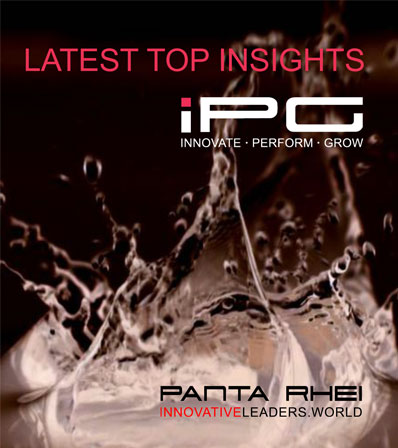1. Understand and Define Your “Why”
Digitalization is not an insignificant project — it fundamentally changes the way a business and its employees operate. Capital investment aside, the interim upheaval in business processes can be considerable. Therefore, it's important to carefully plan and structure the implementation to maximize efficiency and effectiveness.
Establish a cross-sectional, internal team to brainstorm and agree on the tangible and measurable returns the business expects from the investment. Once the rationale and objectives are clear, create a sensible implementation plan that uses an incremental strategy for the transformation. This incrementalism will safeguard business continuity in case difficulties occur when rolling out the technology.
Try to identify and assign internal personnel, contractors, and costs. While information will be vague in the early stages, such work provides a foundation for a project plan with proper costs in the future. Begin to set due dates to guide the expectations on implementation time.
2. Create a Digital "Backbone"
Digitalization depends on factory-wide connectivity, requiring the retrofitting of various gear throughout the plant. While the technology rollout may be incremental, locking down the enabling technology that suits your business layout and equipment is essential.
If you don’t have serious in-house capability, working with a business experienced in designing such implementations ensures you get a modern and scalable system, designed to cope with your applications. Badly implemented systems can create security vulnerabilities or fail to anticipate market direction, creating legacy hardware and software headaches within a few years.
Partner with a solutions provider who can advise on the current state and need for edge computing, the use of 5G technology, current IIoT practice, and the options offered by cloud computing providers.
3. Be Careful with Connection and Integration
Digitalizing legacy equipment is a growing industry: older machines form the backbone of most organizations but are largely depreciated and require considerable operational and maintenance know-how and spares stock. Modifying such equipment is often less disruptive and more capital-efficient than prohibitive investments in a new digital plant.
The hidden danger in modifying an old plant is that data becomes captured for its own sake. While installing a couple more sensors may seem cheap, the storage, analysis, and administrative burden of unnecessary data make for a less efficient implementation.
Be disciplined in ensuring all data capture is targeted to support your original objectives. Also, analyze each connection to ensure its integration does not compromise the flexibility and scalability of the system — or close out growth paths for future expansion.
4. Maximize Data Exploitation Opportunities
Consider the uses to which you'll put the data you gather — not just at the machine level but tactically and strategically. Opportunities offered by current technology go well beyond simple automated condition monitoring.
The huge amount of data generated in real-time can be paired with using artificial intelligence to make rapid and automated decisions regarding plant and equipment operations. It also supports using predictive analytics to identify future asset failures, allowing for the planning of resources and maintenance slots before failure.
Beyond predictive technology, prescriptive analytics can instantly calculate multiple scenarios and provide asset management and operation recommendations.
5. Pursue Incremental Rollout and Continuous Improvement
When planning your digitalization strategy, think evolution, not revolution. Start small and proceed in steps. As you implement and prove each step, move on to the next phase. A phased implementation is a tactical method that reduces business risk. Also, it doesn't overload limited resources and helps to generate corporate knowledge progressively.
Additionally, think of the wider efficiencies that result from digitalization. Existing processes and procedures evolved to support historical practices, so the new digital reality requires someone to review each of them and assess their applicability. As the transition matures, actively seek to mine greater effectiveness and efficiency from the growing wealth of collected operating data.
Make Your First Step Inspirational
When viewed in its entirety, digitalization's cost and time demands can appear immense, deterring organizations from taking the plunge. However, when viewed as a succession of discrete, small projects guided by an overarching vision and a detailed plan, the risk, cost, and resource impacts are mitigated.
As you roll out the change program, choose easy wins that will immediately pay back in either cost or efficiency gains, motivating the project team. The journey to economic and competitive advantage can be complex and slow, so making your first steps inspirational is vital for gathering the necessary momentum for a successful transition to a smart factory.
This article was originally posted by: THOMASNET

















